Reading a golf green can often feel like deciphering a secret code. The subtle slopes, grass types, and environmental factors all influence how your ball rolls once it leaves the putter. With a bit of insight, though, you can transform your instincts into smart, informed decisions. In this guide, we’ll explore how to read a golf green, helping you improve your game and make more successful putts.
Understanding the Basics of a Golf Green
Before diving into the specifics, let’s outline some essential concepts related to golf greens.
Key Features of a Golf Green
- Slope: The incline of the green. A slope can cause your ball to break to one side or the other.
- Grain: The direction in which the grass grows. This affects how smoothly the ball rolls.
- Speed: This refers to how fast the green is. Faster greens require a lighter touch.
- Undulations: These are subtle hills and valleys on the green that can redirect your shot.
Understanding these key features will help you more accurately assess how your ball will behave once it reaches the green.
Steps to Reading a Golf Green
1. Evaluate the Surrounding Environment
Start at a distance and take in the entire hole. Look at where the hole is cut, the slope of the terrain leading to it, and how the grass appears around the green.
- Wind Direction: Check for any wind that may affect your putt.
- Sunlight: The areas receiving more sunlight may dry out faster and affect speed.
2. Inspect the Green’s Surface
As you approach, it’s important to study the surface of the green.
- Grass Type: Familiarize yourself with the type of grass as different grasses can behave differently. Common types include:
- Bermudagrass (often quicker),
- Bentgrass (soft and responsive).
- Surface Texture: Look for inconsistencies in the texture. Smooth patches roll quicker, while rough patches can slow the ball down.
 Inspecting the Green's Surface
Inspecting the Green's Surface
3. Identify the Slope
Once you’re on the green, feel the slope by walking around. Check for high and low points and the general contour.
- Low Point: Balls will tend to roll toward this area.
- High Point: Consider this when planning your break.
Using the minimum effective distance as a reference can make slopes easier to visualize.
4. Notice the Breaks
This is where your skill in reading breaks will shine. As you make your assessments:
- Watch for Consistent Lines: See if there are any noticeable imperfections in the green.
- Visualize Your Line: Imagine a straight line from your ball to the hole, then adjust according to the slope and grain.
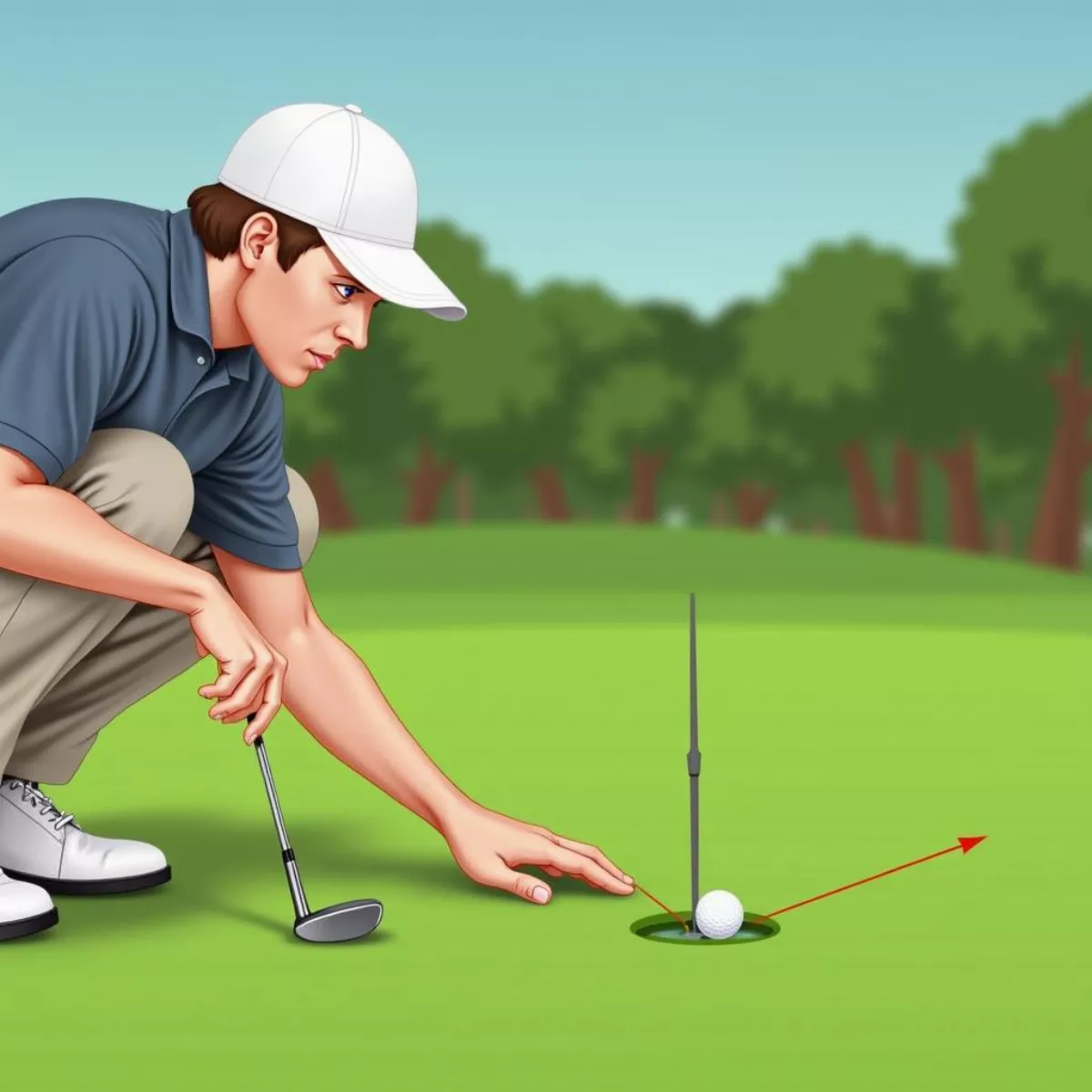 Golfer Reading Green Breaks
Golfer Reading Green Breaks
5. Assess the Grain
Grass grain can be counterintuitive. When the grain grows towards the hole, it will speed up your putt. Conversely, a grain growing away can slow it down.
- Testing the Grain: Use your finger to lightly brush against the grass in the direction you believe the grain aligns.
6. Consider Speed and Distance
Lastly, understand how hard you need to hit the ball based on the green’s speed.
You can determine the speed of the greens using the stimp meter. Here’s a simple gauge:
| Speed Rating | Stimp Reading | Putting Style |
|---|---|---|
| Slow | 6-7 ft | Gentle strokes |
| Medium | 8-9 ft | Standard stroke |
| Fast | 10+ ft | Firm, confident hit |
Pro Tip!
Bring a putting measurer to get an accurate idea of the distance you need to cover for the perfect putt.
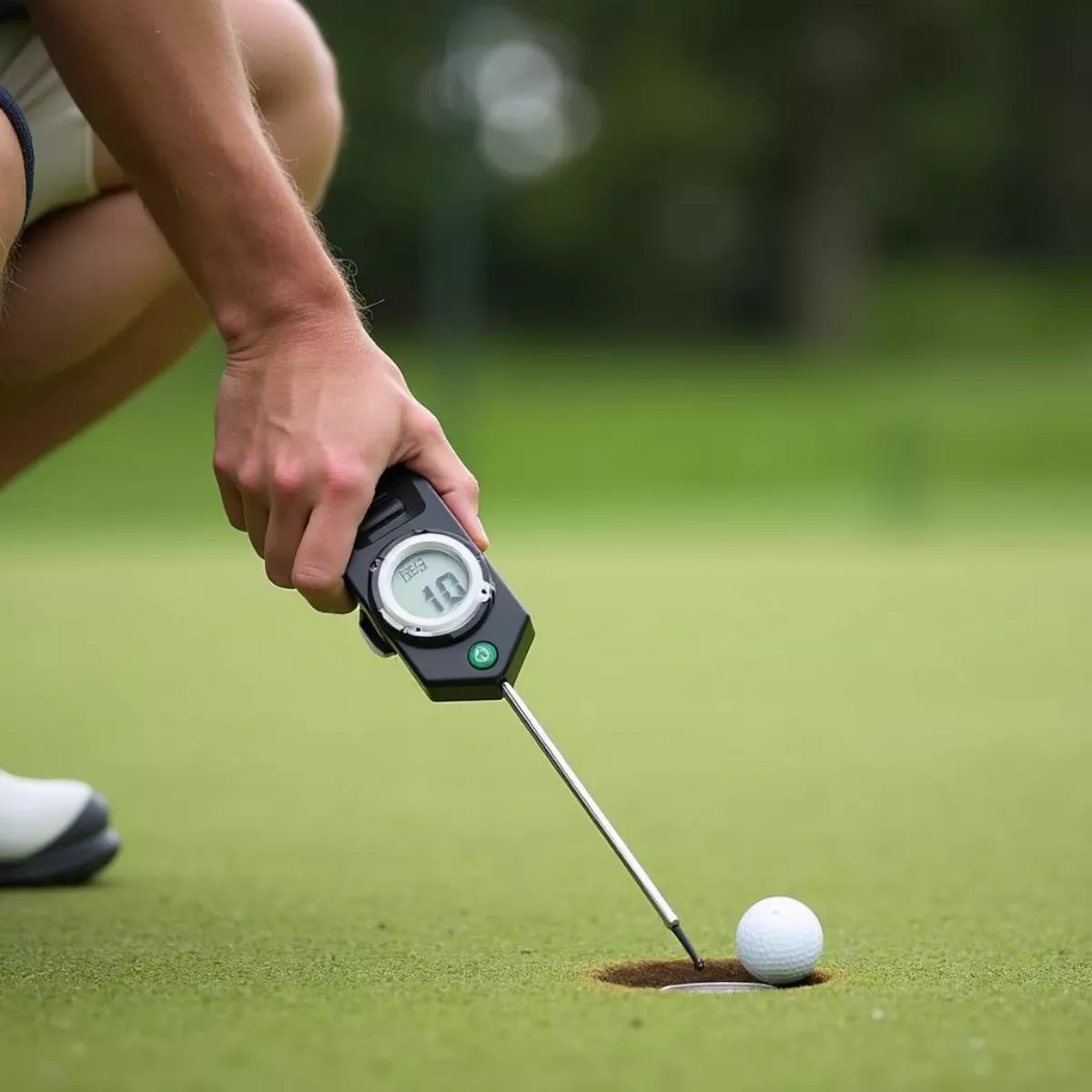 Golfer Using Putting Measurer
Golfer Using Putting Measurer
Practice Makes Perfect
Reading greens is a skill that comes with practice. Spend time on different courses to familiarize yourself with various green conditions, grass types, and slopes.
Practice drills:
- Use a putting aid that emphasizes line and distance.
- Play practice rounds with the goal of only focusing on your green reads.
Key Takeaways
- Evaluate the Surrounding Environment: Wind and sunlight matter.
- Inspect the Green’s Surface: Know the grass type and surface texture.
- Identify the Slope: Walk around to visualize the high and low points.
- Notice the Breaks: Keep an eye out for inconsistencies.
- Assess the Grain: Understand how the grass affects your putt.
- Consider Speed and Distance: Get familiar with the green’s pace.
Frequently Asked Questions (FAQ)
1. How do I know which way the ball will break?
Start by looking at the slope. A ball will always break toward the lowest point of the green.
2. What does “reading the green” mean?
It refers to analyzing the contours, grain, and surfaces of the green to predict how the ball will respond when putted.
3. What is the importance of grain on a golf green?
Grain affects how the ball rolls. Understanding whether the grain is growing towards or away from the hole is crucial for putting success.
4. How can I practice reading greens?
Spend time on the putting green, using various angles and scenarios to improve your ability to assess breaks and speed.
5. What’s the best way to gauge a green’s speed?
Use a stimp meter. An alternative is to practice putting first on a known speed green and then compare it to the new green.
6. Can different types of grass affect putting?
Yes, different grass types have unique characteristics affecting speed and control. Familiarity is key.
7. How can I tell if a green is fast or slow?
Look for signs of old vs. new grass, check for moisture levels, and observe the surface texture.
Conclusion
Reading a golf green may seem complex, but understanding its basics and nuances can enhance your mental game significantly. Always remember to evaluate your environment, inspect the surface, identify the slope and grain, and practice consistently to refine your skills. The more familiar you become, the better your putting will be.
So, get out there, give it a try, and happy putting!
Make sure to check out our other articles on enhancing your golf game for more tips and tricks!
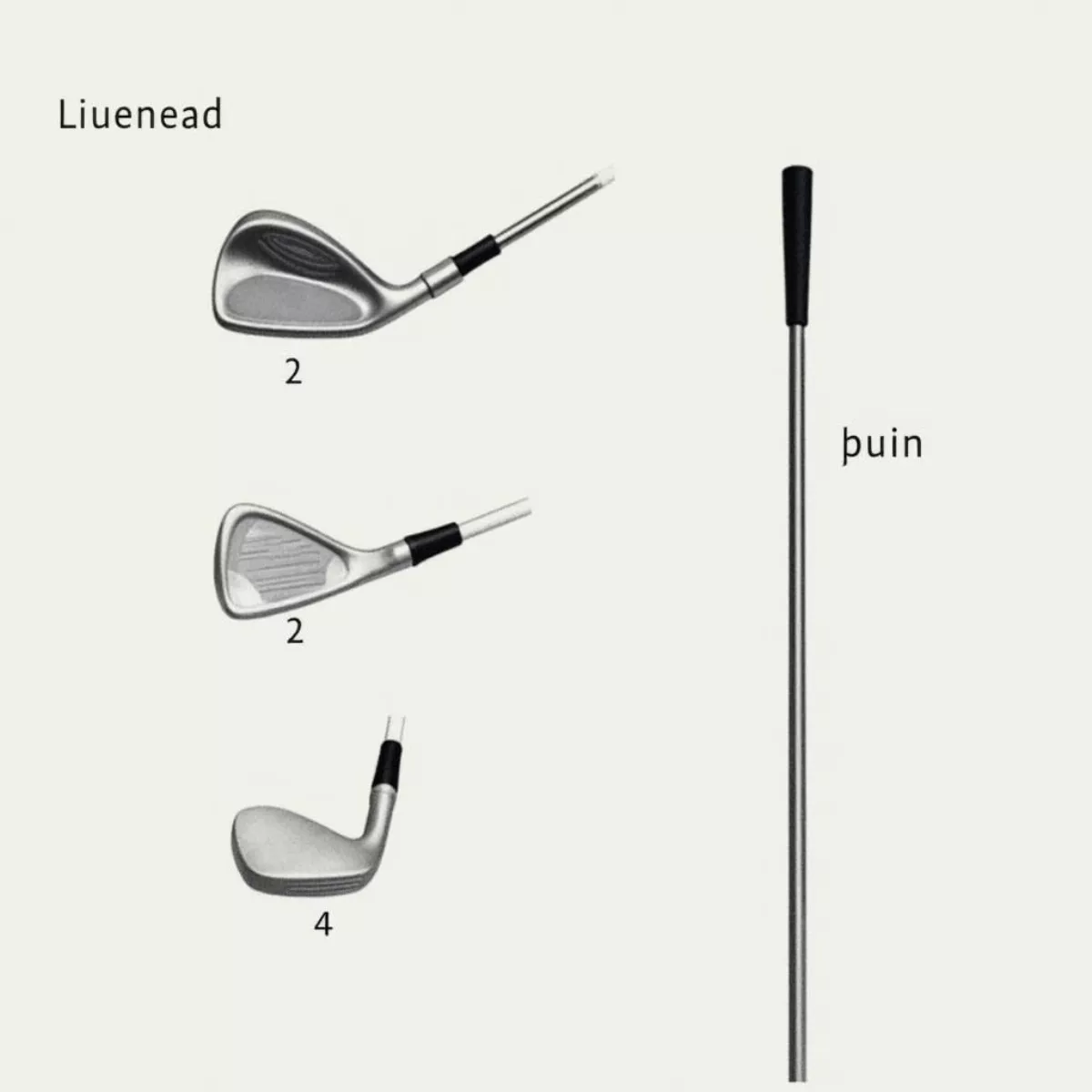
 Golf Club Fitting Session
Golf Club Fitting Session Variety of Golf Clubs
Variety of Golf Clubs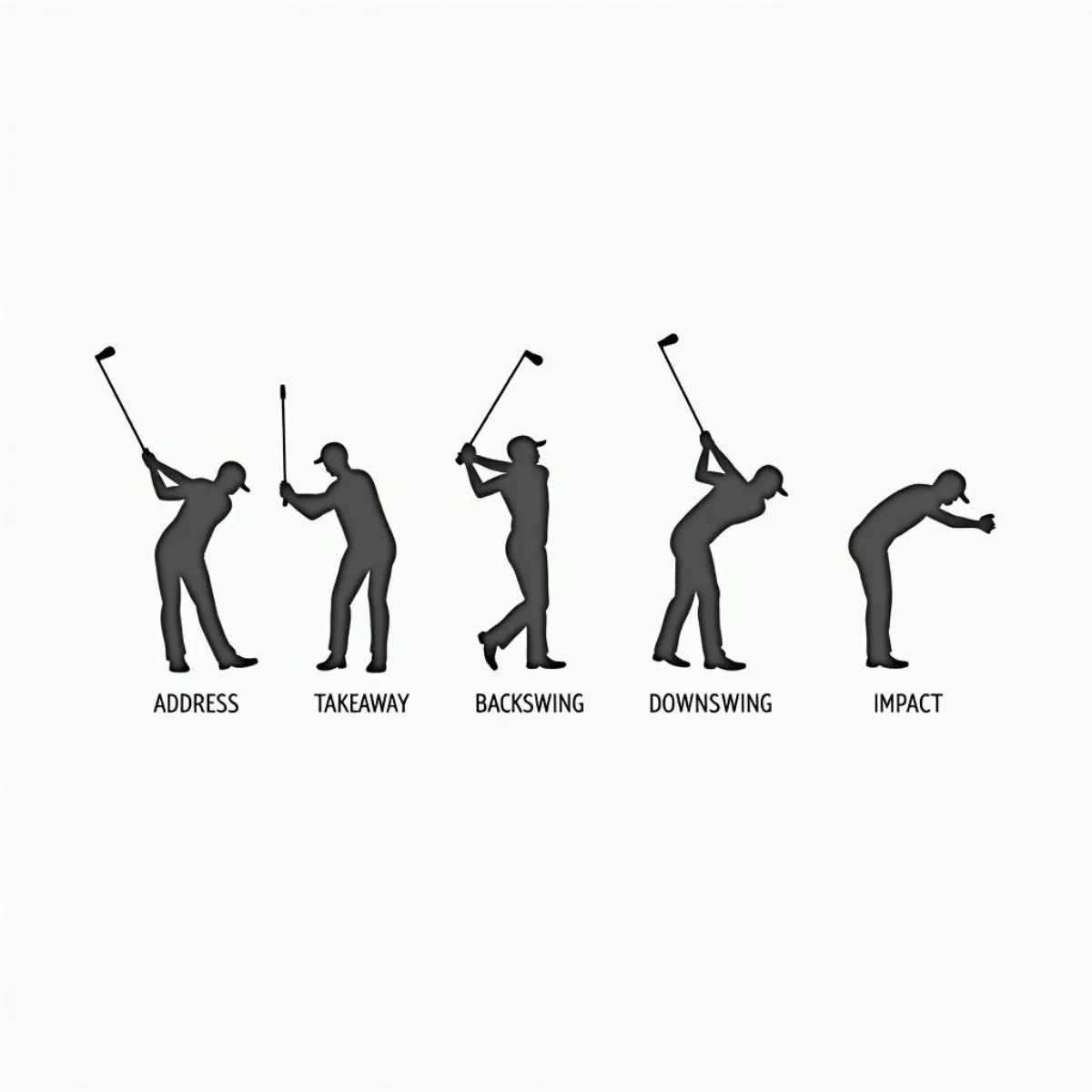
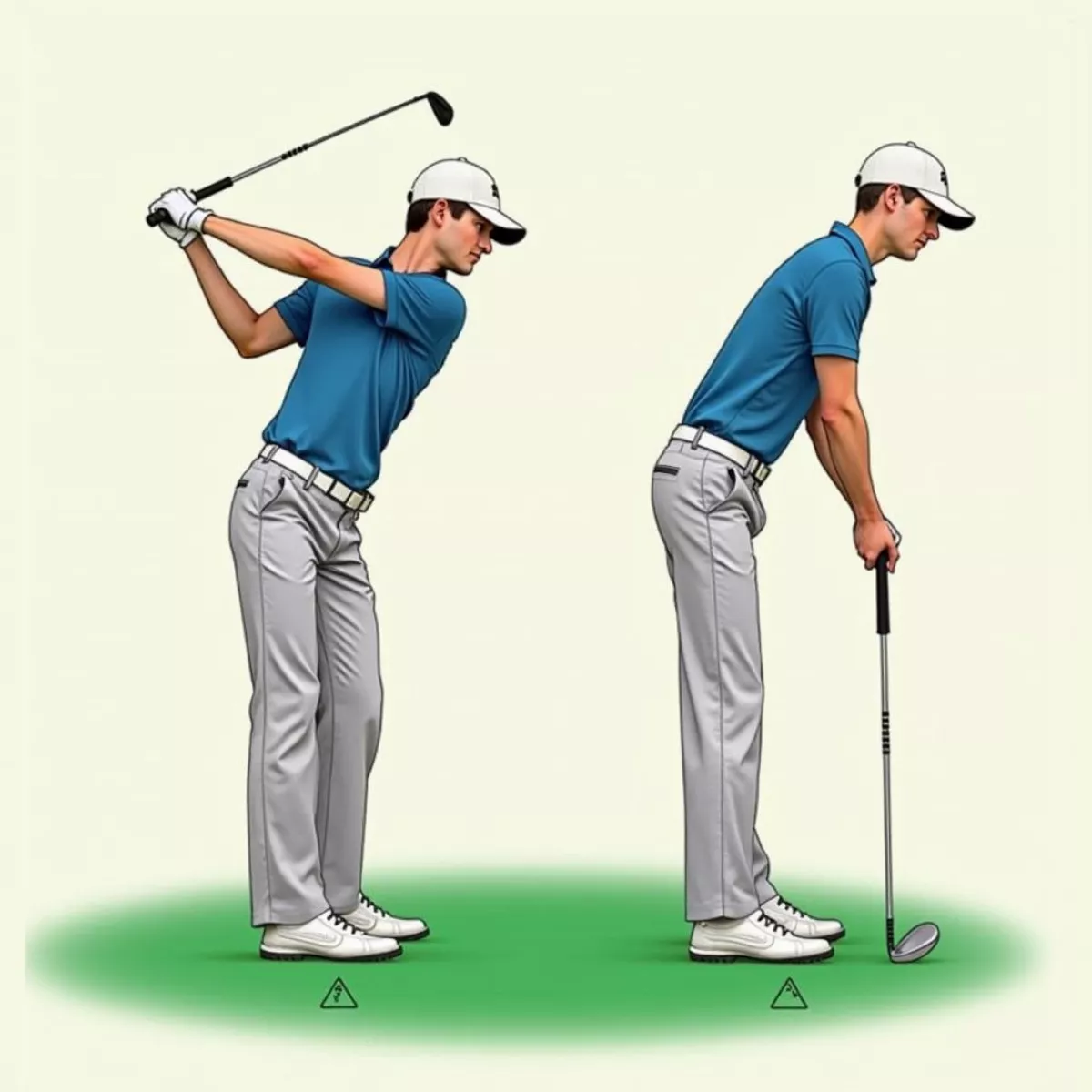 Correct Golf Stance and Posture
Correct Golf Stance and Posture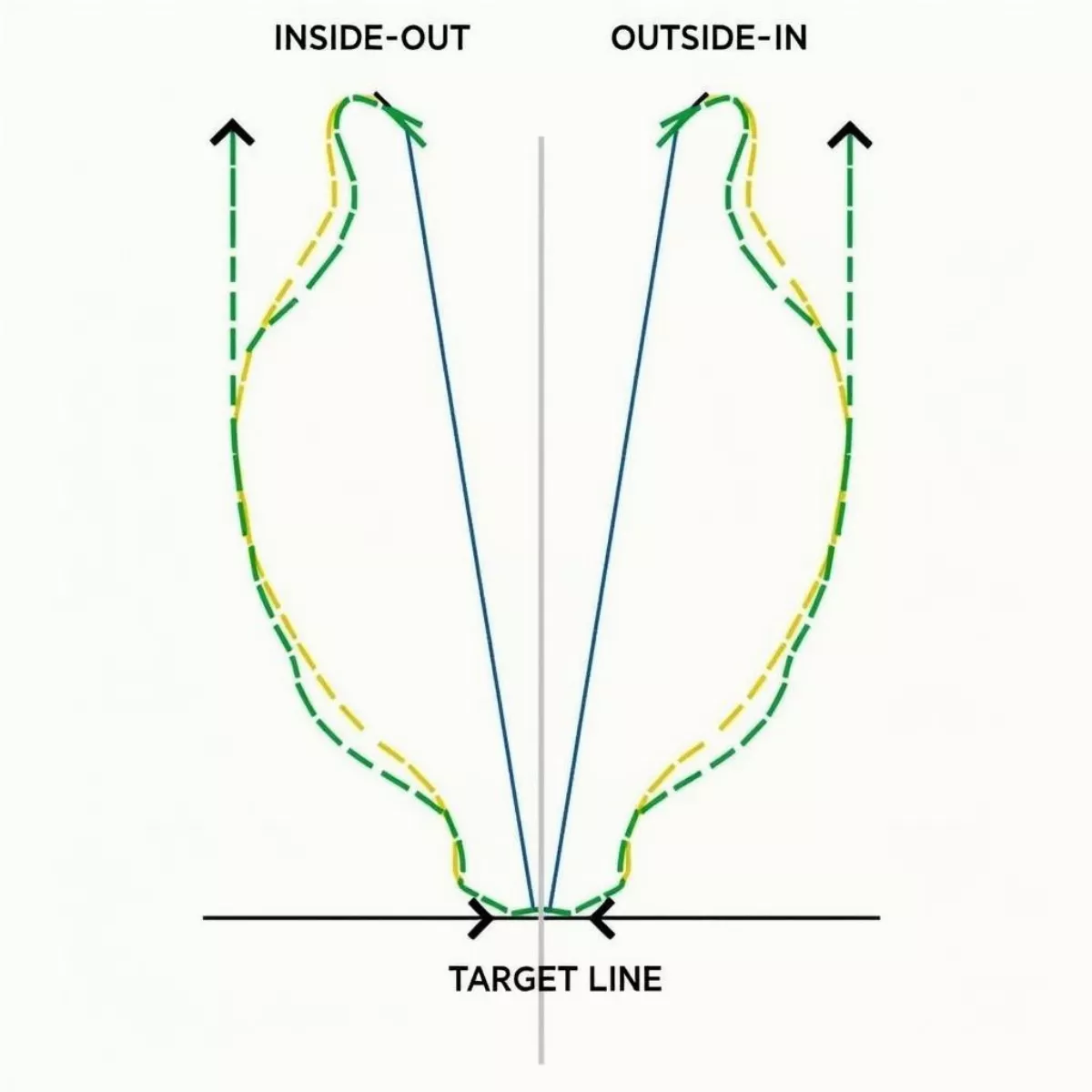 Golf Swing Path Illustration
Golf Swing Path Illustration Golfer Practicing One-Handed Drill
Golfer Practicing One-Handed Drill 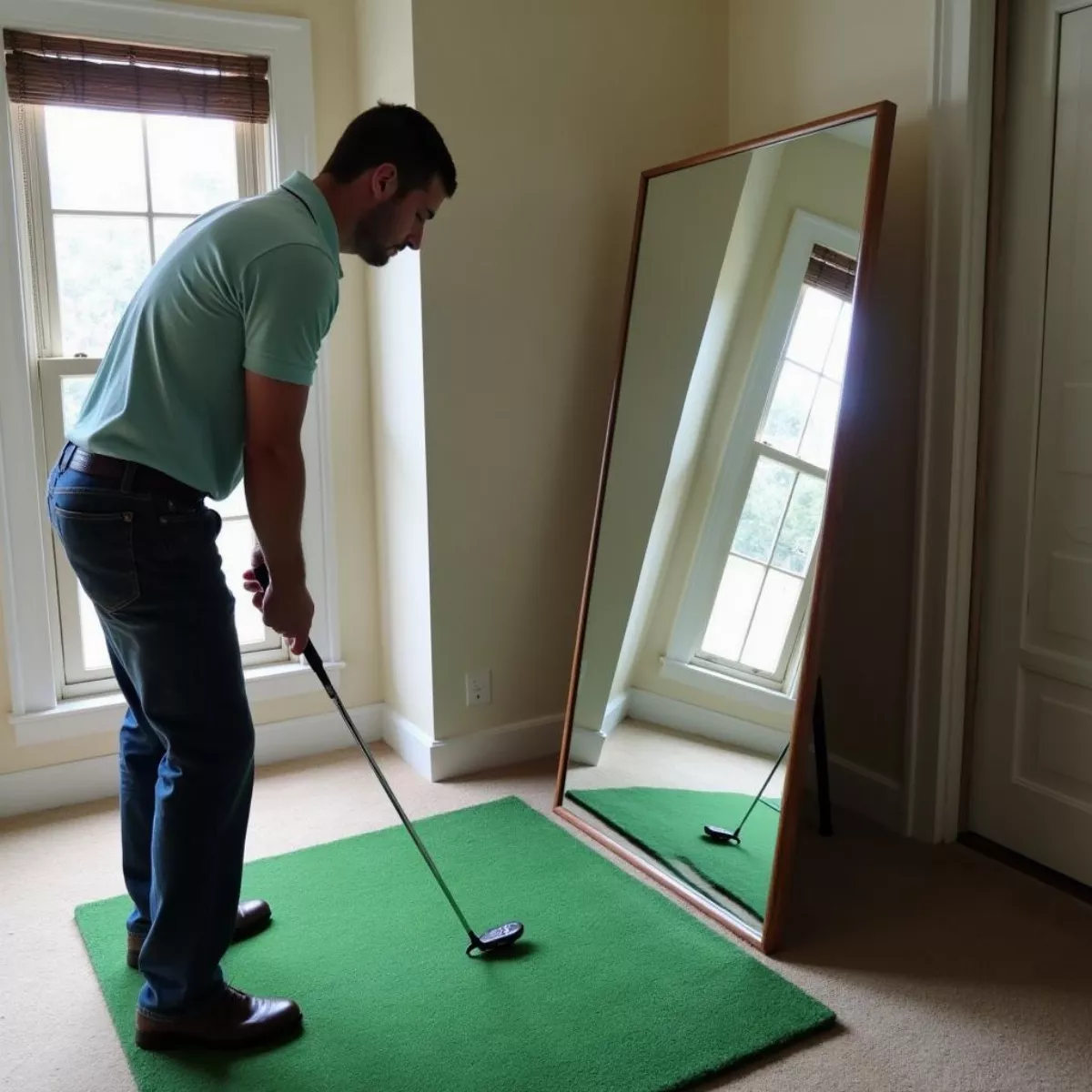
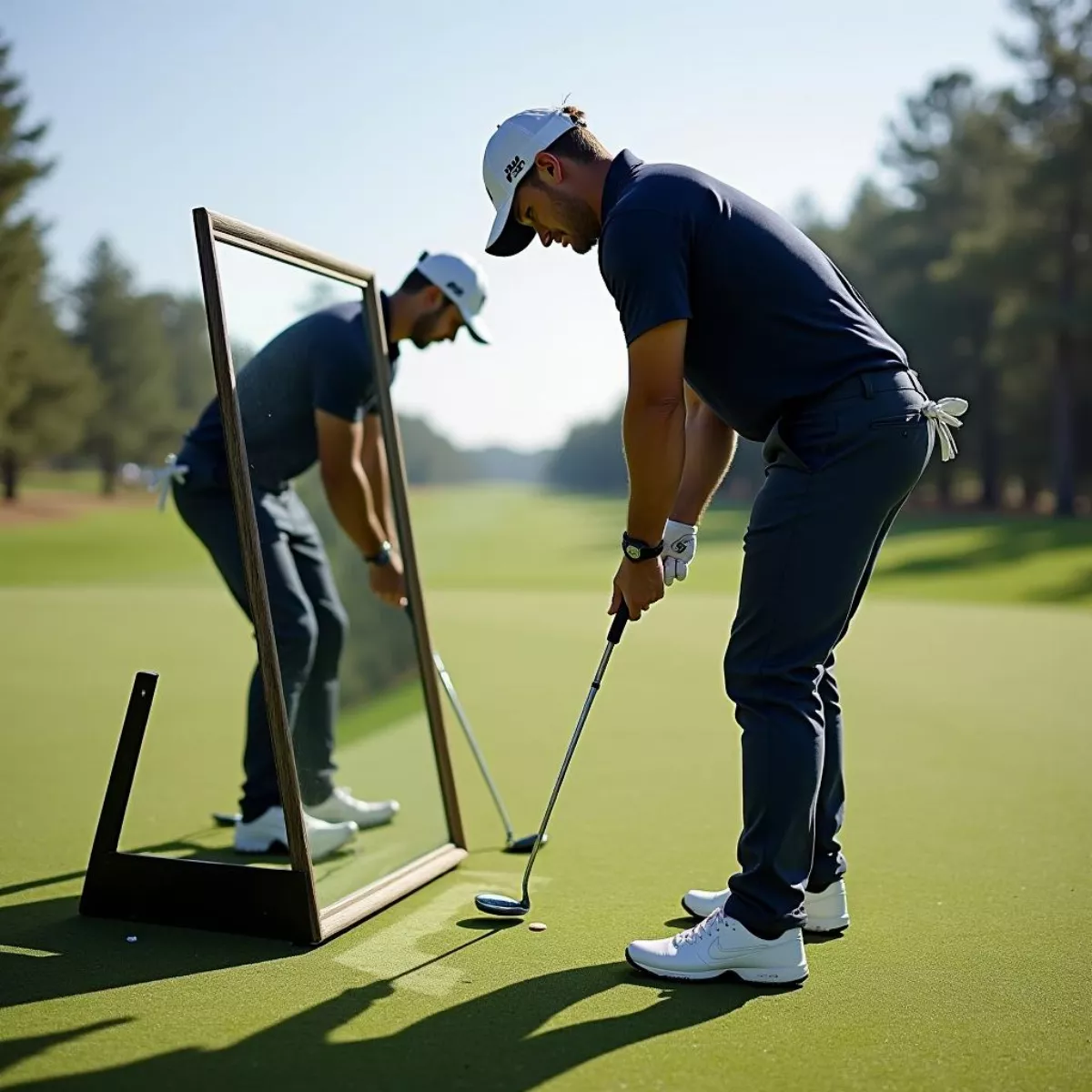 Close-up of Golfer Adjusting Alignment with Putting Mirror
Close-up of Golfer Adjusting Alignment with Putting Mirror Golfer Analyzing Putting Performance in Notebook
Golfer Analyzing Putting Performance in Notebook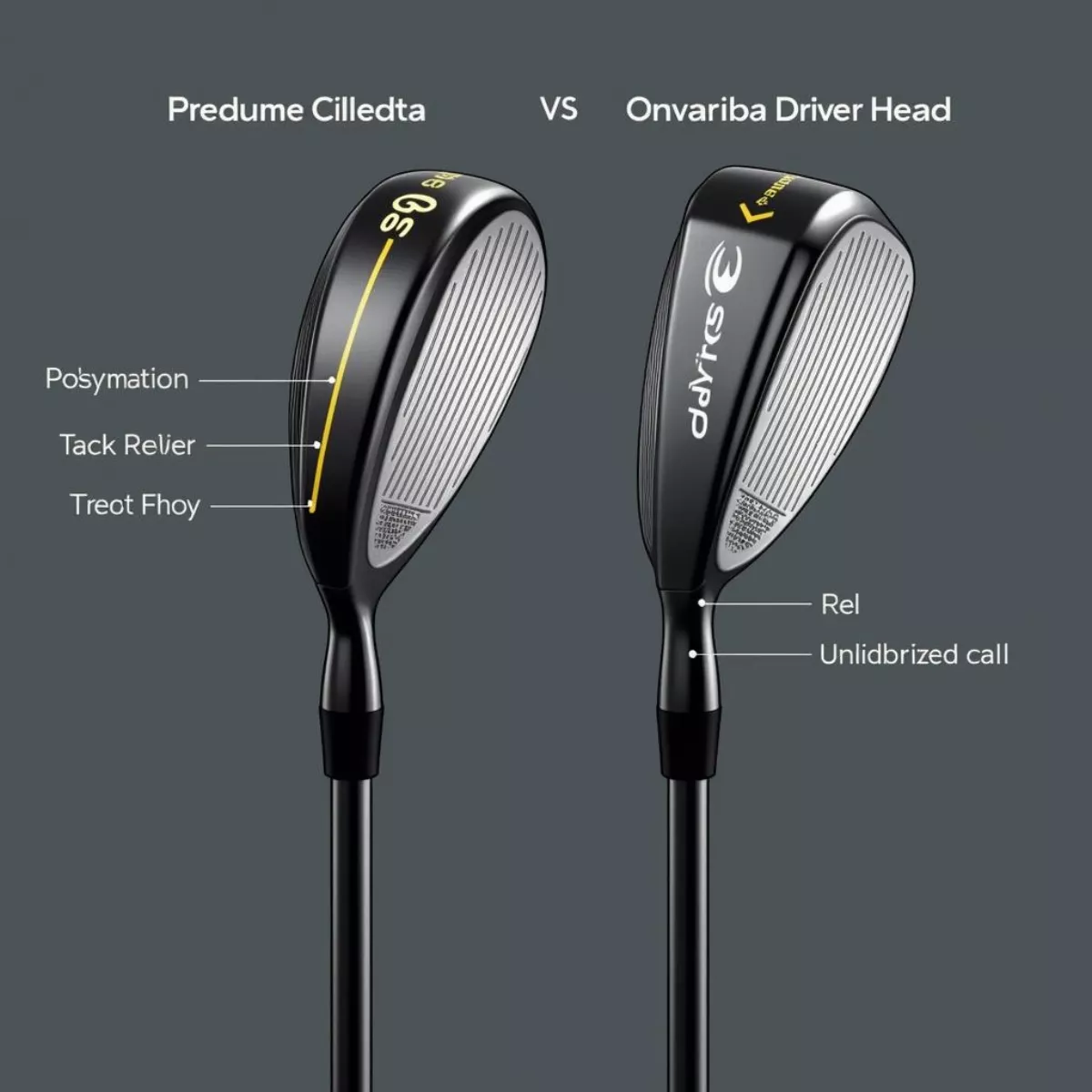
 Adjustable Driver Features
Adjustable Driver Features  Golfer Testing Drivers
Golfer Testing Drivers 
 Golf Balls Display in a Store
Golf Balls Display in a Store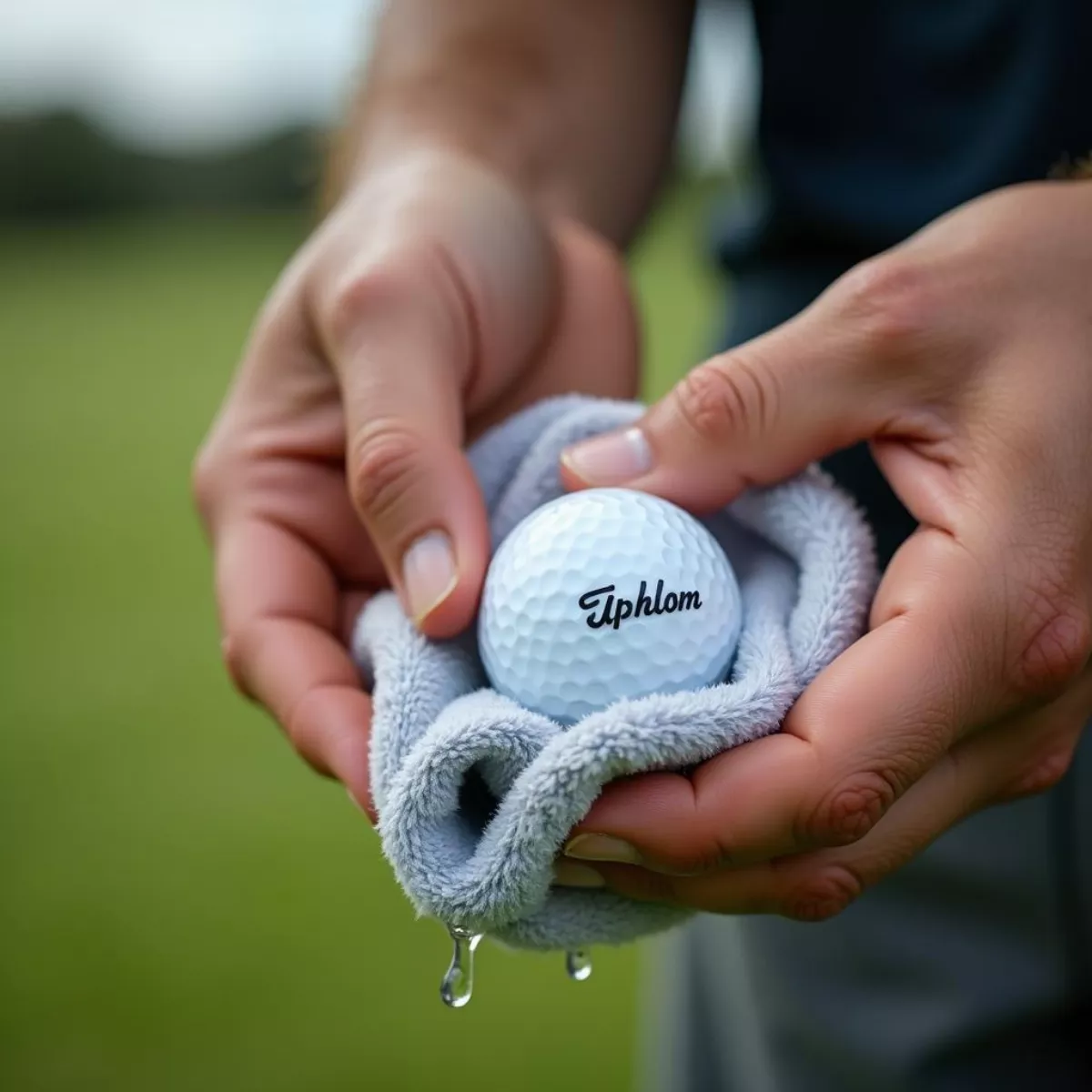 Cleaning Golf Balls
Cleaning Golf Balls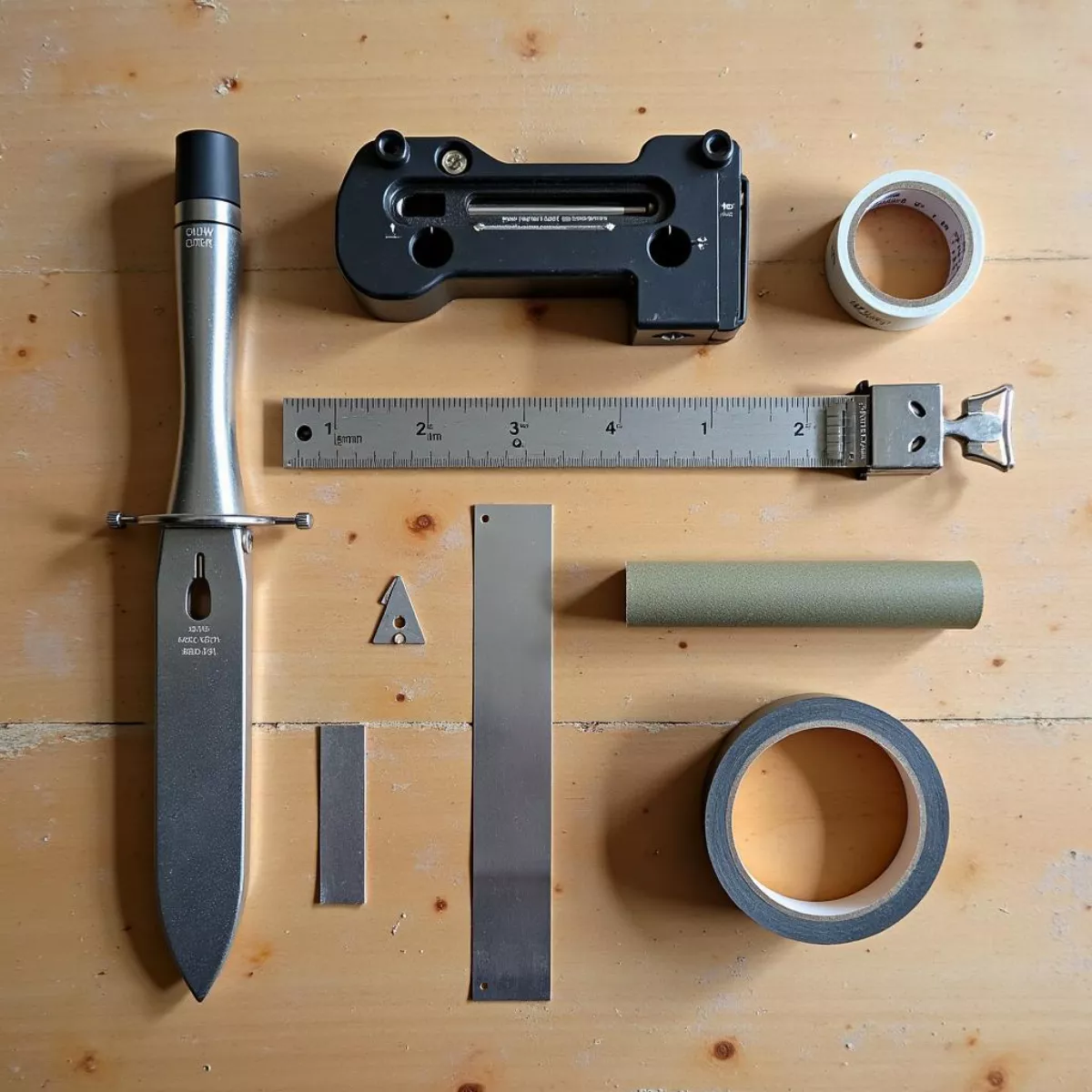
 Securing Graphite Shaft for Cutting
Securing Graphite Shaft for Cutting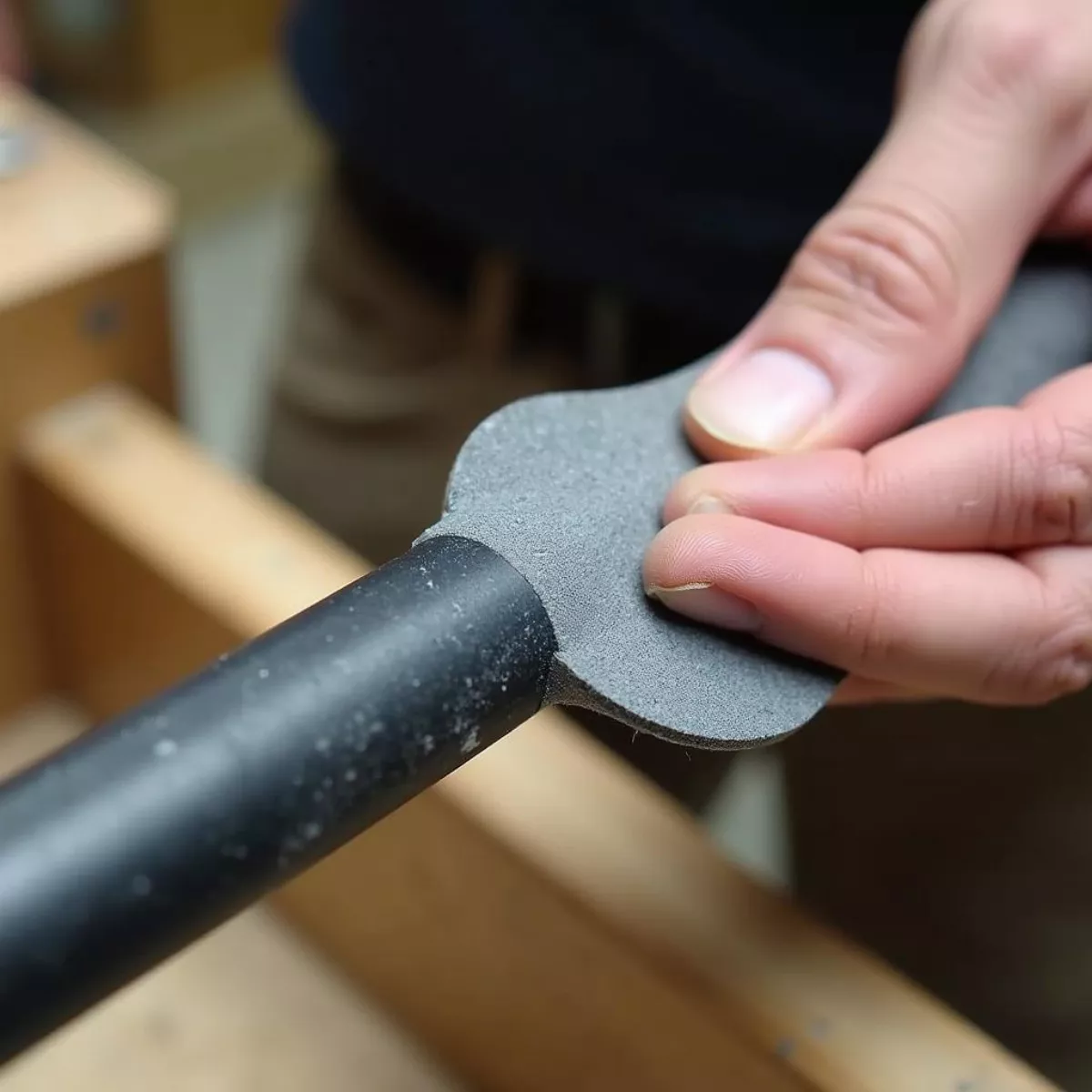 Sanding Graphite Shaft Edge
Sanding Graphite Shaft Edge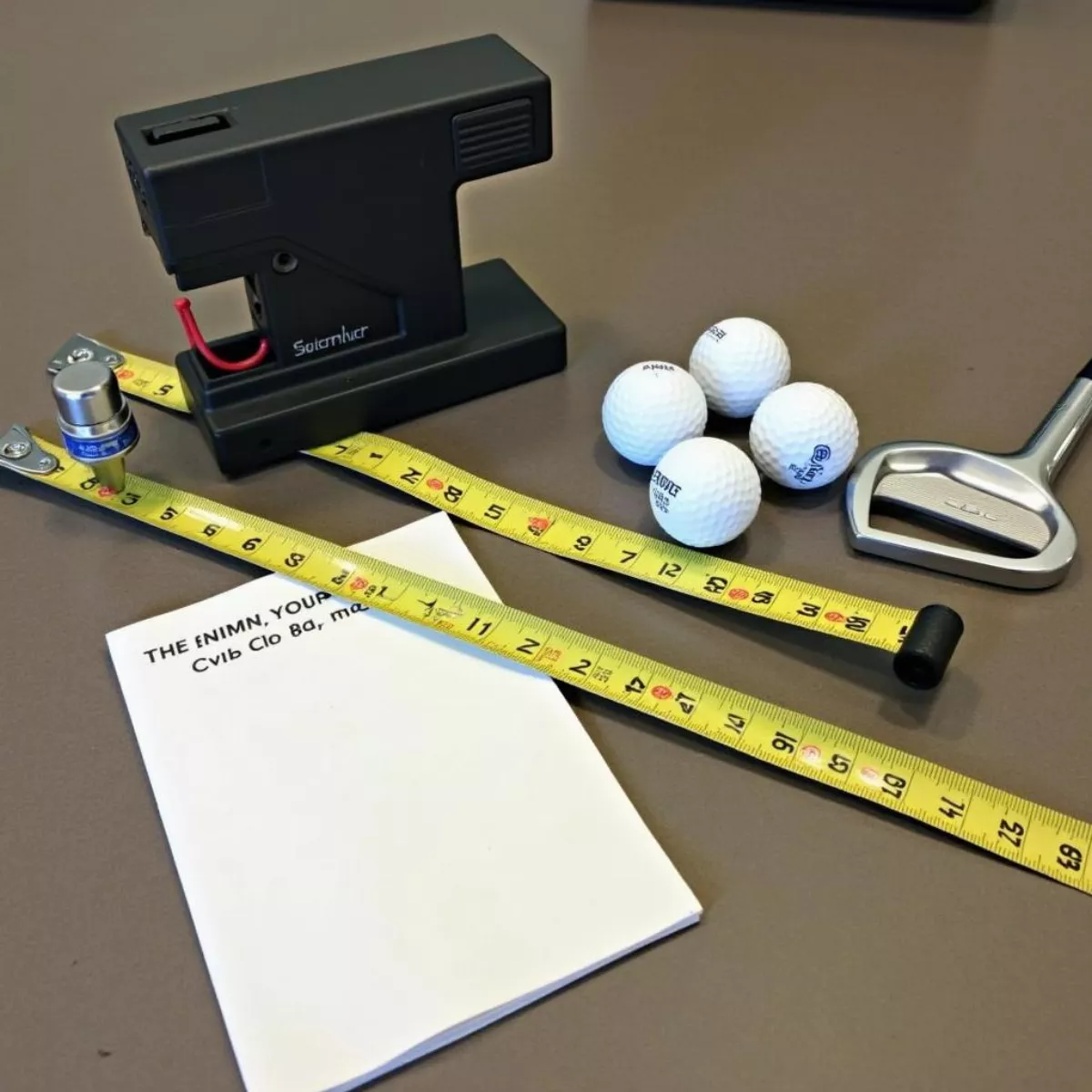
 Golfer Getting Swing Analyzed
Golfer Getting Swing Analyzed Golfer Testing Clubs at Driving Range
Golfer Testing Clubs at Driving Range
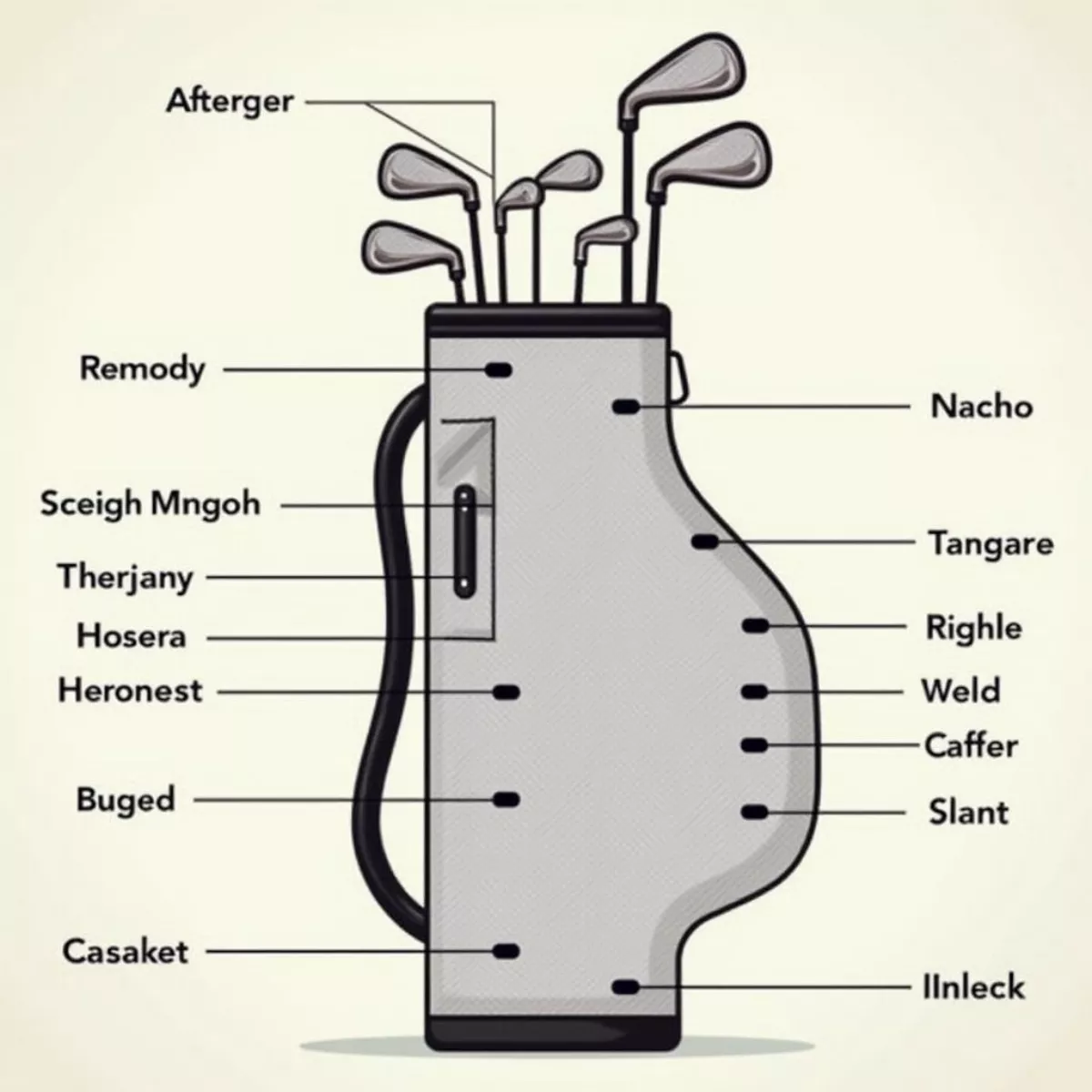 Golf Bag Organization with Clubs
Golf Bag Organization with Clubs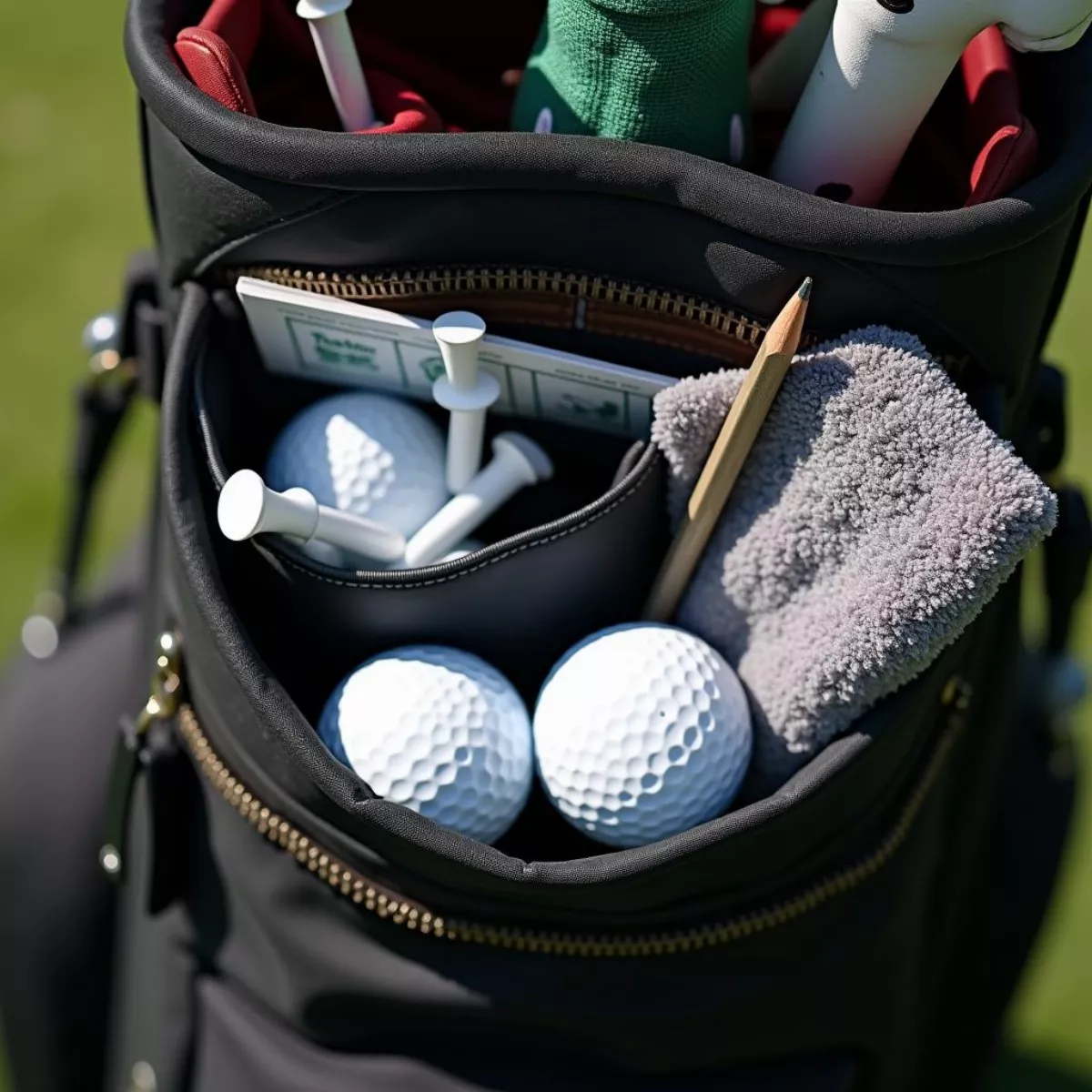 Golf Accessories in a Bag Pocket
Golf Accessories in a Bag Pocket